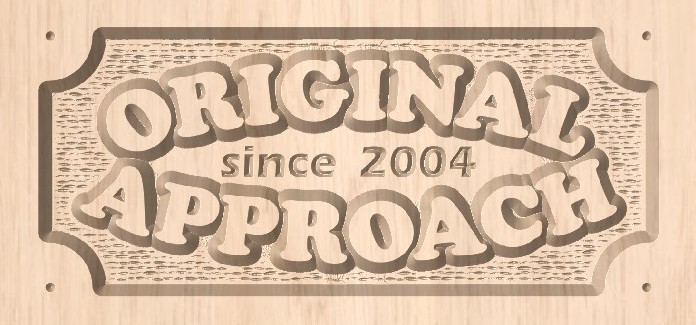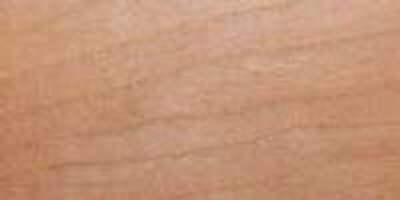|
Uses:
In cabinetmaking, cherry is rated one of the favorites because of its beauty and versatility… it has warmth, personality and charm. As a craftwood it cuts,stains and sands beautifully, which makes it a hobby wood of choice.
American black cherry is widely used for paneling and as a veneer, burial caskets and other specialty items such as gunstocks, tobacco pipes, musical instruments, turnery, carvings, etc. It is only moderately durable for outdoor projects. Cherry wood is my personal favorite, of all the domestic wood species.
The Tree: Prunus Serotina Family
Black cherry stands alone for its commercial value as a lumber wood. Other cherry trees most often function as decorative trees or fruit bearers. Black cherry is characterized by late maturing fruit and is distinct from the other cherries because it has dark bark with irregular scales that peel off easily and a light to dark reddish brown heartwood.
The fruit of this tree is small and purple coloured with a bitter taste and is used to flavour jelly and beverages. At one point it was used to make a very potent liquor. American colonists used the bark as a drug to treat bronchitis and cherry stalks were used to make tonics. Its grows predominately in east-central North America, with smaller shorter trees more common in southern eastern Canada.
Wood Description:
Cherry has a pale yellowish sapwood and a darker heartwood. The wood's colour deepens to its characteristic reddish brown, almost mahogany-like colour when exposed to the sun. The sapwood never darkens to the same colour of the heartwood. Cherry often shows a waving curly figure when finished. Heartwood can have dark spots or fine black lines that are actually gum pockets, that pose added challenges in finishing.
The tangential shrinkage can be twice the radial shrinkage making warping a problem if drying is hurried. Once cherry has been dried properly, though, it is a relatively stable wood. It is as strong as maple but only about 2/3rds as hard. Often maple is stained to look like cherry in furniture components that require a more dense wood.
Weight: 35 lbs. Per cubic foot.
Finishing:
The grain pattern welcomes a full range of medium to dark finishes and bleaching treatments. The best way to achieve a uniform deep red colour is to let mother nature do her work rather than attempt staining. If you have to replace a board, remember in time, the sunlight will darken all cherry, even if it doesn't look like it matches in the beginning. It has been suggested by some of my customers that aniline dyes work particularly well on cherry, but I have no experience in this area. Scratches show up easily on cherry so pay attention to your sanding preparation.
Machining:
Wood is uniform in texture and machines well with normal wear on your tools. Its tight fine grain routes well but does have a tendency to burn, so stick with carbide bits and don't stop the router on the wood. Watch the feed direction when jointing, particularly on boards that show a nice curl. Likewise when thickness planing, keep your passes to less that a 1/16" and always pay attention to the feed direction. If tear out occurs, you can always reverse the direction. Obviously you don't want to be experimenting on the last pass. Cherry turns beautifully, but you must sand with the grain to eliminate the cross grain marks.
|




